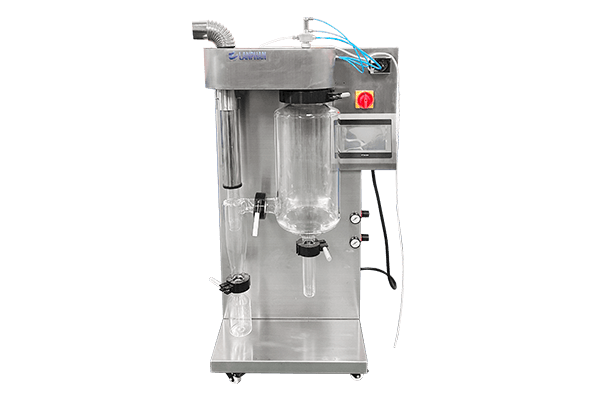What is a rotary tablet press?
A rotary tablet press is a piece of equipment used in the pharmaceutical industry to compress pharmaceutical powders or granules into solid tablets. Its working principle is to compress pharmaceutical powder or granules into solid tablets through rotational motion. Compared with traditional single-punch tablet presses, rotary tablet presses have a rotary working principle.
Features of rotary tablet presses:
Rotary working principle:
The rotary tablet press moves the mold containing powder or granules under the tableting system through rotational motion to achieve continuous tableting operation.
Wide range of applications:
Due to the working principle and structural characteristics of the rotary tablet press, it can produce tablets of various special shapes or special purposes, such as double-layer tablets, sustained-release tablets, coated tablets, etc. These tablets often have special release characteristics or uses, and rotary tablet presses can meet these needs.
High production efficiency:
Because the rotary tablet press can perform multiple tableting operations at the same time. This enables it to achieve continuous production, reducing downtime during the production process and improving production efficiency. By continuously rotating the turntable or tablet press head, it can achieve continuous production and greatly improve production capacity.
Higher flexibility:
Rotary tablet presses generally offer high operating flexibility. Rotary tablet presses usually have adjustable parameters, such as pressure, rotation speed, filling depth, etc. And tablet pressing parameters can be adjusted as needed to adapt to different pharmaceutical formulas and production requirements.
Higher degree of automation:
Some rotary tablet presses are equipped with automated control systems that can automatically adjust pressure, speed and other parameters, reducing the operator’s workload.
In summary, the rotary tablet press is an efficient and flexible tablet press suitable for medium and large tablet production, especially in high production efficiency and continuous production situations.

